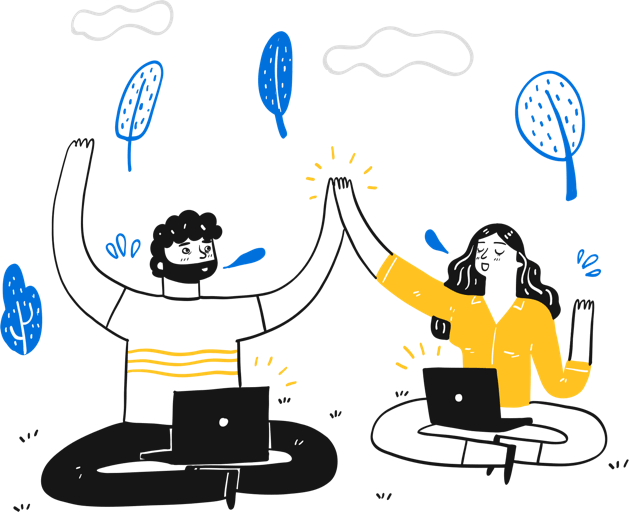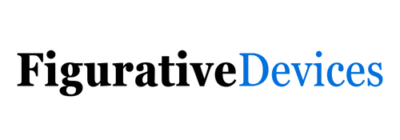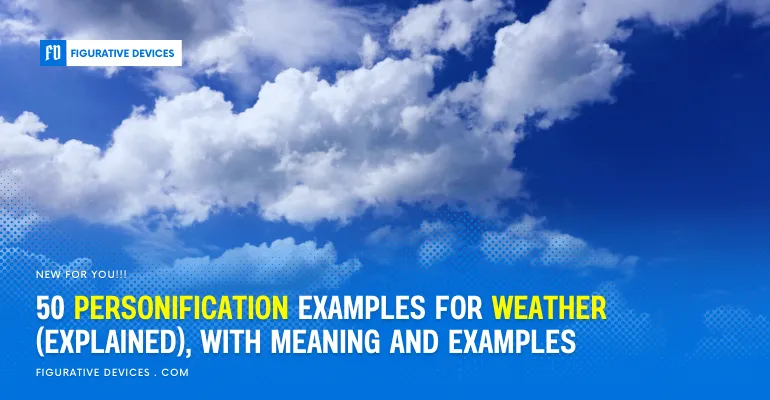Mastering Figurative Language
January 11, 2021 2025-09-26 14:52Mastering Figurative Language

#1 Phrases Website For Students
Register for A Free Account
To Get Articles Updates In Your Inbox
Over 1490+ Educational Companies Around The World






Learn Creative + Unique Metaphors
Talk With Ai To Use Idioms in Daily Life
Play Similes Games To Boost Learning
Personify Everything
Three Main Categories Of Phrases
Common Questions About Figurative Devices!

What Is Figurative Devices?
Figurative devices (often called figures of speech, stylistic devices, or rhetorical devices) are techniques that use non-literal language to express ideas with stronger meaning, comparison, emphasis, sound, or rhythm.
Why writers use them: to explain ideas clearly, make sharp comparisons, add emphasis, guide tone, and create memorable lines.
Core types with tiny examples
Metaphor: direct comparison — Time is a thief.
Simile: like/as comparison — Cold as ice.
Idioms: fixed phrases — Break the ice.
Personification: human action to a thing — The wind whispered.
Hyperbole: deliberate exaggeration — I’ve told you a million times.
Alliteration: same starting sound — wild winds whistle.
Onomatopoeia: sound words — buzz, crack, hiss.
Symbolism: object stands for idea — dove = peace.
Irony: contrast between expectation and reality — “Great weather,” during a storm.
Oxymoron: paired opposites — deafening silence.
Metonymy/Synecdoche: part-for-whole or related name — wheels for car, the crown for the monarch.
Analogy: extended comparison for clarity — heart is to body as engine is to car.
Euphemism/Litotes: soften or understate — passed away; not bad.
Think of them as a writer’s toolbox: comparisons, turns of phrase, and sound patterns that turn plain statements into clear, memorable language.
What types of figurative devices are most common?
Metaphor (Time is a thief), simile (cold as ice), idiom (break the ice), personification (the wind whispered), hyperbole (a million tries), alliteration (wild winds), onomatopoeia (buzz), irony, symbolism, oxymoron (bittersweet), metonymy/synecdoche (the crown, wheels), and analogy.
Why do writers use figurative devices?
They make ideas clear through comparison, add emphasis, shape tone, and help readers remember key lines.
How do I identify figurative devices in a text?
Look for non-literal clues: like/as signals (simile), direct A=B wording (metaphor), human actions given to things (personification), fixed phrases with special meanings (idioms), sound patterns or sound-effect words (alliteration, onomatopoeia), and deliberate exaggeration (hyperbole).









